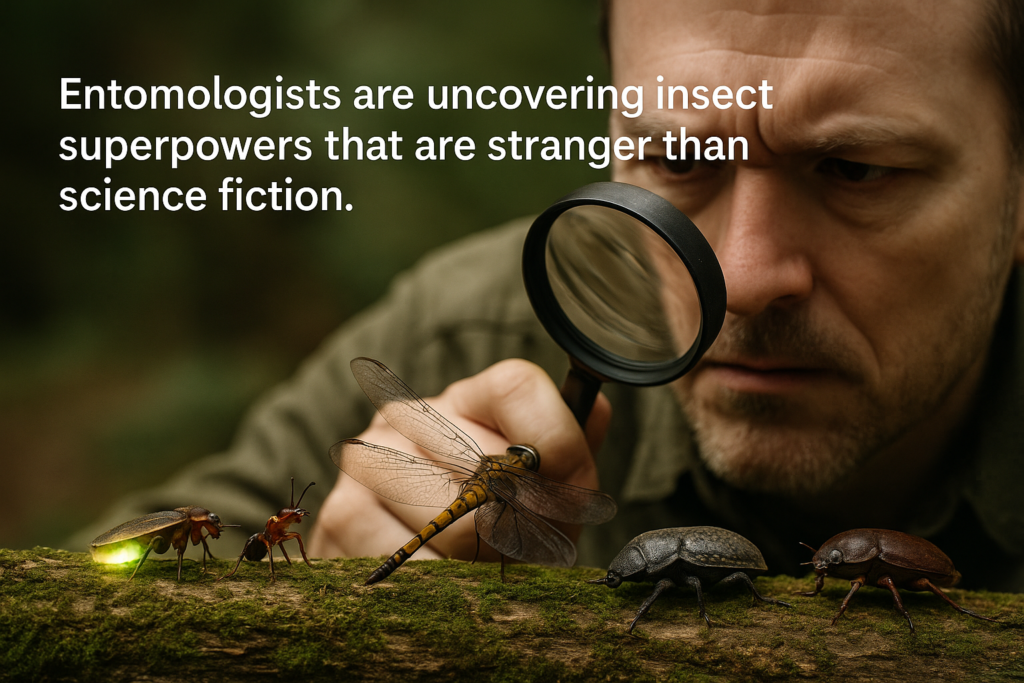
1. Some Insects Can Survive in Space
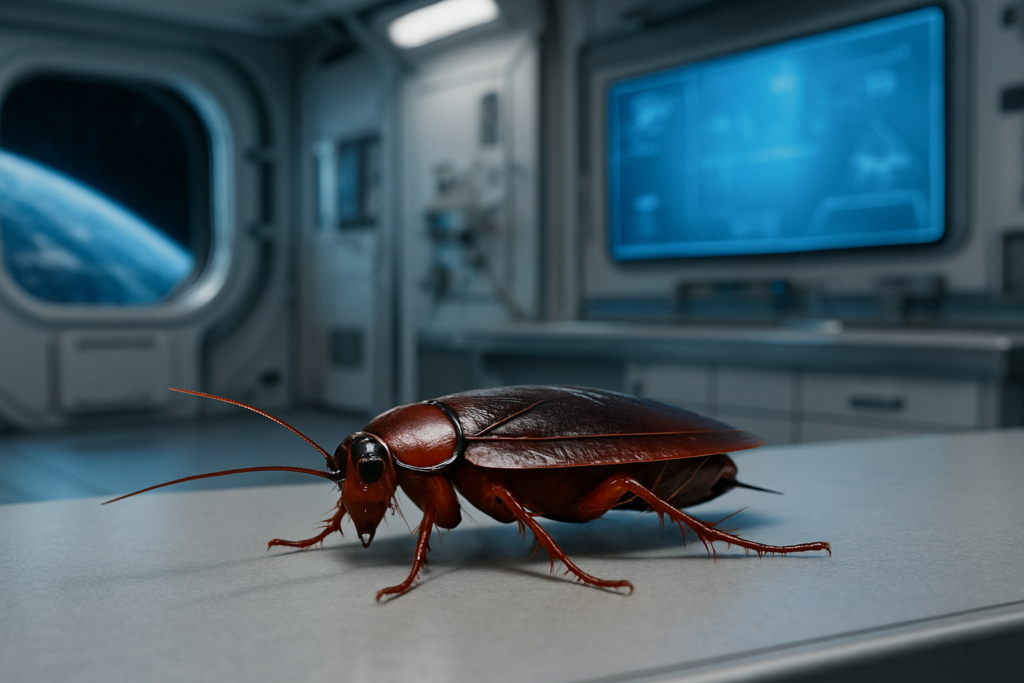
In 2007, scientists launched a batch of tiny bugs called tardigrades into space to see if anything so small could survive the vacuum, radiation, and freezing temperatures. While tardigrades aren’t insects, they’re micro-animals. The experiment sparked curiosity in the insect world. That same year, the European Space Agency tested the resistance of fruit fly larvae in similar extreme conditions. The result? They survived, even after exposure to cosmic radiation. Insects’ tough exoskeletons and the ability of some species to enter suspended animation make them surprisingly resilient to environments where even humans would perish in seconds.
Cockroaches, too, have shown space-worthy traits. In 2007, a cockroach named Nadezhda gave birth after spending 12 days in orbit aboard a Russian Foton-M spacecraft, making her the first creature to have offspring conceived in space. The study of insects in zero gravity continues today, not only to understand alien environments but also to explore life-support systems for future Mars missions. National Geographic
2. Ants Have Built Functional Underground Cities
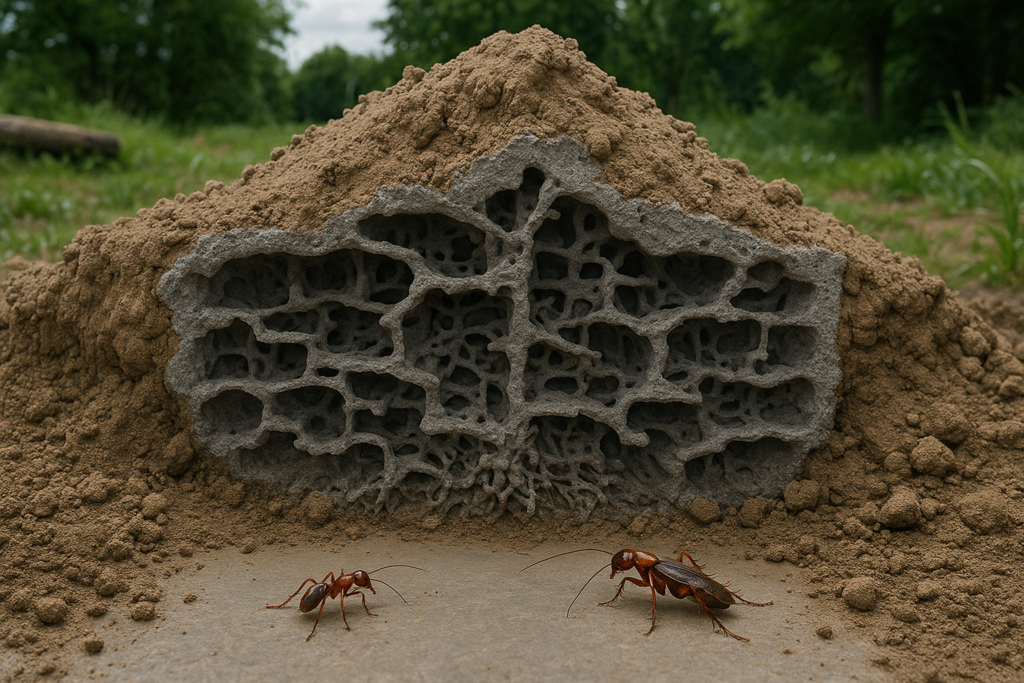
What appears to be a random pile of dirt above ground can conceal a sprawling, complex civilization below. Some ant colonies have structures so advanced that they rival human architecture in efficiency. In one striking experiment, scientists poured cement into an abandoned leafcutter ant colony in Brazil and excavated it after the mixture solidified. What they found stunned them: a subterranean metropolis spanning over 500 square feet and plunging nearly 25 feet deep. It had ventilation shafts, farming chambers for cultivating fungus, and intricate pathways, essentially a blueprint for sustainable urban planning on a bug-sized scale.
These colonies aren’t haphazard; they’re engineered. Ants adjust air flow, manage waste, and optimize food transport routes within their underground homes. Each tunnel and chamber serves a distinct function, and workers instinctively know where to go without a blueprint. Researchers believe that this complex behavior emerges from swarm intelligence, where thousands of simple minds work together as one. Science Daily
3. Some Insects Can Create Electricity
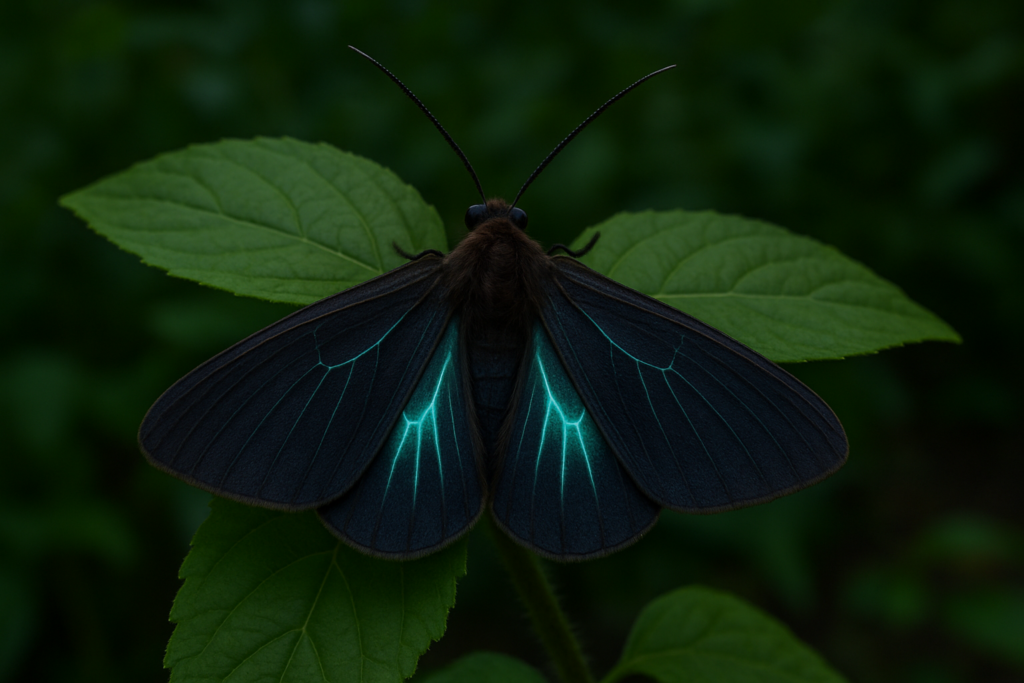
It sounds like something out of a sci-fi film, but certain insects have been discovered generating electricity, not just static, but biologically functional voltages. In 2020, Japanese scientists studying planthoppers (tiny, hopping plant-sap drinkers) uncovered something remarkable: these bugs use gears. But even more shocking was that beetles and some other insects could generate and store electrical charge through motion. Researchers tapped into this by attaching tiny biofuel cells to beetles, harvesting energy from the natural chemical reactions in their bodies to power microdevices. Essentially, the bugs became living batteries.
The technology is still in its early stages, but the implications are vast. By harnessing insects’ innate ability to produce or transmit electrical energy, scientists imagine future uses in surveillance, search-and-rescue missions, or even medical monitoring, where bugs could carry sensors through tight spaces no robot could reach. It’s an eerie but real possibility: insects as part-creature, part-cyborg. Science Daily
4. Beetles Can Withstand Being Run Over by a Car

The diabolical ironclad beetle (Phloeodes diabolicus) looks like something forged in a fantasy novel, but it’s genuine and practically indestructible. Native to the western U.S., this ground-dwelling beetle has an exoskeleton so tough it can survive being run over by a car. Scientists have measured its crush resistance at up to 39,000 times its body weight. That’s like a human withstanding the weight of a space shuttle without breaking a bone. The beetle’s armor is made of densely layered chitin and interlocking shell segments that absorb and distribute force.
What’s more, this bug’s resilience is inspiring breakthroughs in engineering and materials science. In 2020, researchers published a study in Nature describing how the beetle’s joint structure could inform the design of ultra-durable materials for aircraft, protective gear, and even construction. It turns out evolution already solved some of the problems that human engineers are still struggling to crack. Nature
5. Some Wasps Turn Other Insects into Zombies
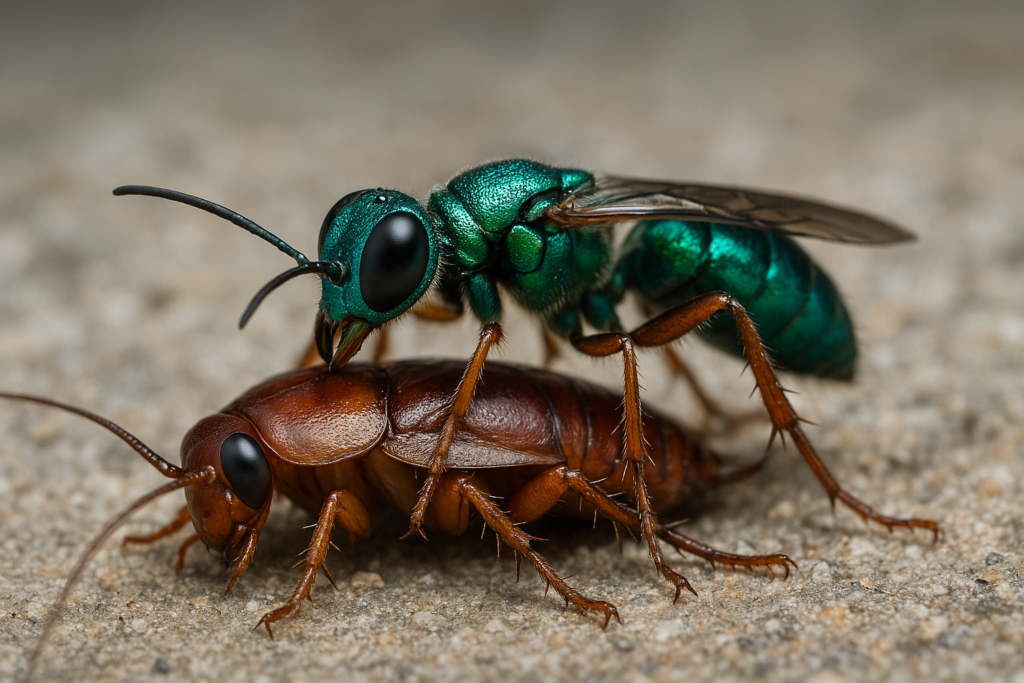
It’s not just horror movie lore; zombie insects are real, and parasitoid wasps are the puppet masters. These wasps lay their eggs inside or on the bodies of other insects, like caterpillars or cockroaches. Once the larvae hatch, they begin feeding on the host’s organs in a disturbingly calculated order, avoiding vital systems until the very end. But the most shocking part? Many hosts don’t try to escape. Some actively defend the developing wasp larvae, even after they’ve burrowed out, as if under mind control.
Scientists believe this behavior is the result of biochemical manipulation. The wasp injects not only eggs but also viruses or mind-altering chemicals that hijack the host’s nervous system. In one species, the emerald jewel wasp, the brain of a cockroach is chemically rewired to walk, zombie-like, into a burrow and wait to be eaten alive. It’s evolutionary horror at its finest and all naturally occurring. Scientific American
6. Dragonflies Have Near-Perfect Hunting Accuracy
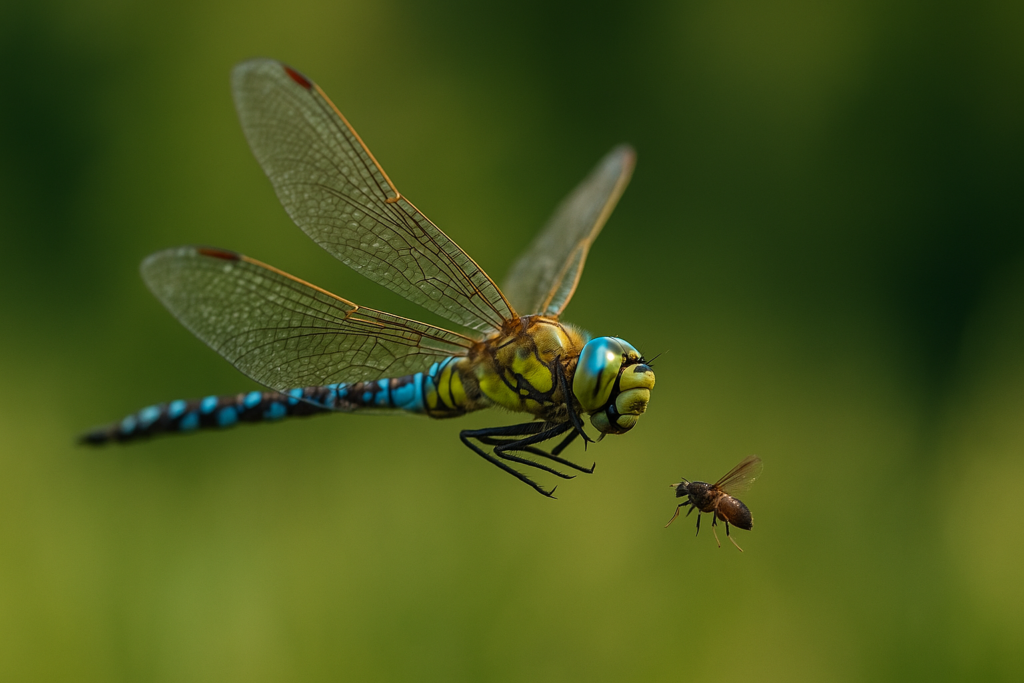
Dragonflies aren’t just pretty, they’re among the most efficient predators on Earth. Studies have shown that dragonflies catch their prey with up to 95% accuracy, a success rate that rivals or even surpasses great white sharks and African lions. Their secret? A combination of compound eyes with nearly 360-degree vision, ultra-fast reflexes, and the ability to calculate complex flight trajectories in real time. Once a target is locked, the dragonfly adjusts its flight path mid-air, intercepting prey with surgical precision.
What makes this even more impressive is that their nervous systems are hardwired for hunting. Research published in Nature has revealed that dragonflies possess specialized brain neurons that allow them to predict a moving target’s future location, essentially leading the shot like a seasoned sniper. They don’t chase; they ambush with math. This predatory prowess has even inspired robotics and military drone research, where scientists are trying to replicate their targeting systems. Science Illustrated
7. Termites Can Build Climate-Controlled Skyscrapers

To the untrained eye, a termite mound might look like a random pile of dirt, but it’s a marvel of natural engineering. Some termite mounds, especially those built by species in Africa and Australia, can tower over 30 feet high and stretch deeper underground. But the real shock? These mounds maintain stable internal temperatures year-round, despite drastic fluctuations outside. The termites achieve this with a sophisticated system of air vents, chimneys, and tunnels that regulate heat, moisture, and carbon dioxide like a living HVAC system.
Engineers have been studying these mounds to inspire more sustainable building designs. One notable example is the Eastgate Centre in Zimbabwe, an office complex that utilizes passive cooling methods directly inspired by termite mound structures. The building uses 90% less energy than a traditional structure of the same size. So, yes, termites not only build skyscrapers, they might also be the unexpected architects of the green buildings of tomorrow. ASME
8. Fireflies Use Light to Deceive and Devour
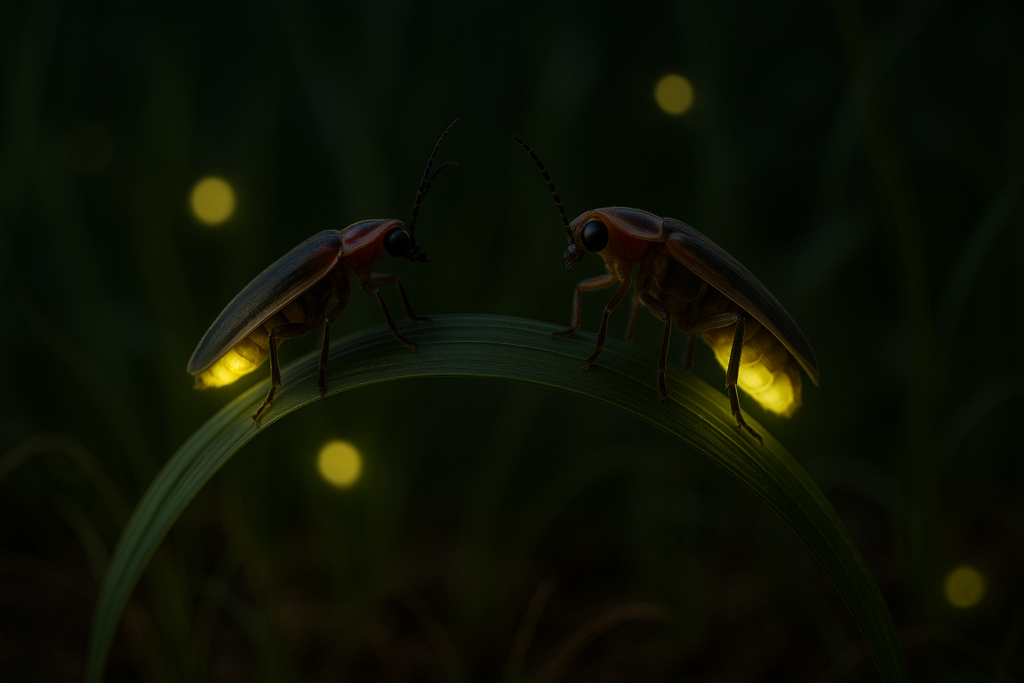
Fireflies may look like whimsical summer night companions, but some use their glow for much darker purposes. Female Photuris fireflies, nicknamed “femme fatales,” mimic the flash patterns of other firefly species to lure unsuspecting males. Thinking they’ve found a mate, the males approach only to be ambushed, killed, and eaten. This deadly light-show trickery isn’t just for food. By consuming their prey, the predatory females also absorb defensive chemicals that protect them from predators, such as spiders and birds.
Scientists have long studied bioluminescence in fireflies to understand better how nature produces cold light so efficiently. Their light-producing organs involve a chemical called luciferin and an enzyme called luciferase, an energy-efficient reaction that emits virtually no heat. These compounds are now utilized in a wide range of applications, from medical imaging to forensic science. So the glow of a firefly isn’t just romantic, it’s a biochemical power move, sometimes masking murder. American Museum of Natural History
9. Insects Can See Colors Humans Can’t Even Imagine
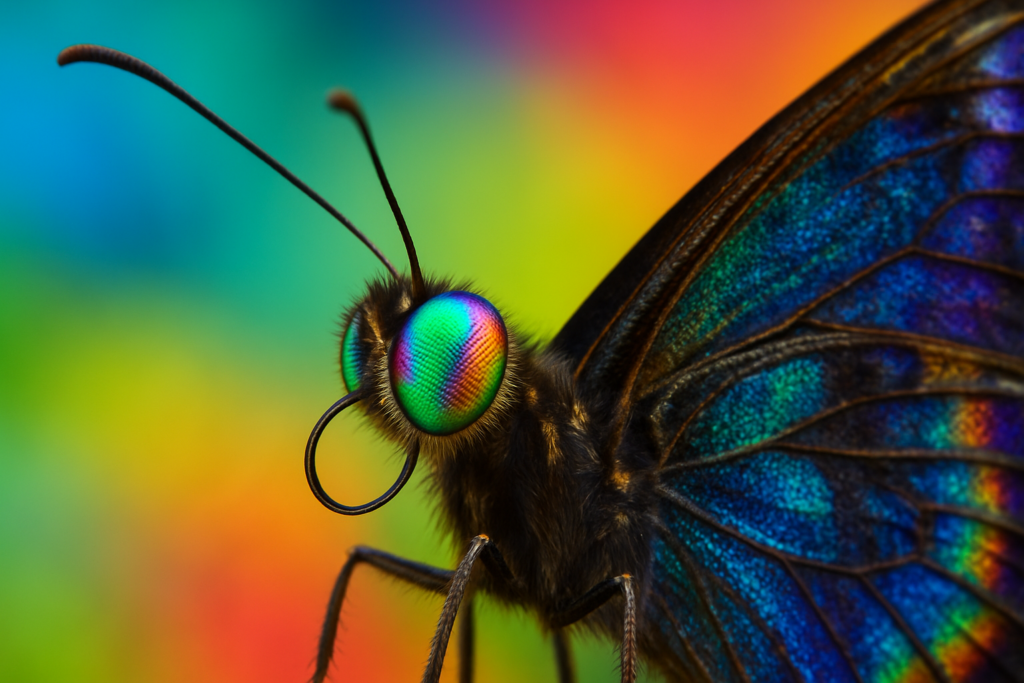
Most insects live in a visual world that’s utterly foreign to us. While humans see light in the visible spectrum (roughly 400–700 nanometers), many insects perceive ultraviolet (UV) light, unlocking a realm of color that’s invisible to the naked eye. Bees, for instance, can see UV patterns on flower petals, often referred to as “nectar guides,” that direct them like runway lights toward the pollen. What looks like a plain yellow daisy to us may glow with vibrant UV bullseyes to a bee.
Butterflies go even further. Research has shown that they can see more color variations than humans due to the presence of extra photoreceptor cells in their eyes. Some species can even distinguish polarized light, giving them an edge in navigation and mating displays. Scientists have leveraged these discoveries to develop improved camera sensors, stealth technology, and medical imaging systems. Insect vision isn’t just different, it’s an evolutionary upgrade. Research Gate
10. Cockroaches Can Live Without Their Heads

It sounds like an urban legend, but it’s disturbingly accurate: cockroaches can survive for days, sometimes over a week, without their heads. This isn’t a superpower in the traditional sense, but a testament to how differently insects function from mammals. Cockroaches don’t need their heads to breathe because they rely on tiny openings in their bodies called spiracles. And without a centralized brain like ours, their nervous system is decentralized enough to keep them moving, reacting, and even walking without a head.
Eventually, they die not from the lack of a brain, but from dehydration, since their mouths are gone and they can’t drink. Scientists study this phenomenon to gain a better understanding of neural decentralization and autonomous function. It’s part of what makes cockroaches such notoriously tricky survivors. They’ve even been shown to tolerate doses of radiation that would be fatal to humans, reinforcing their reputation as one of Earth’s most apocalypse-ready creatures. Scientific America
Insects Aren’t Just Pests—They’re Powerhouses of Evolutionary Engineering

For centuries, bugs have been swatted, sprayed, and shooed away, dismissed as nuisances or creepy crawlers to be avoided. However, modern science is forcing us to reexamine this. From building underground cities and surviving in space to manipulating other species and sensing the invisible, insects are pushing the boundaries of what biology can do. They’ve evolved abilities that rival high-tech machines, and in many cases, they’ve inspired them. Engineers, architects, neuroscientists, and even AI developers are now turning to bugs for ideas that humans can’t yet replicate.
Insects make up over 80% of all known animal species on Earth, and they’ve been perfecting their adaptations for hundreds of millions of years. Their “weird” powers aren’t random; they’re survival tools honed by evolution. The more we study them, the more they reveal how little we understand about life on our planet. The next time you spot a bug, maybe don’t squash it. You might be looking at nature’s next great invention.


